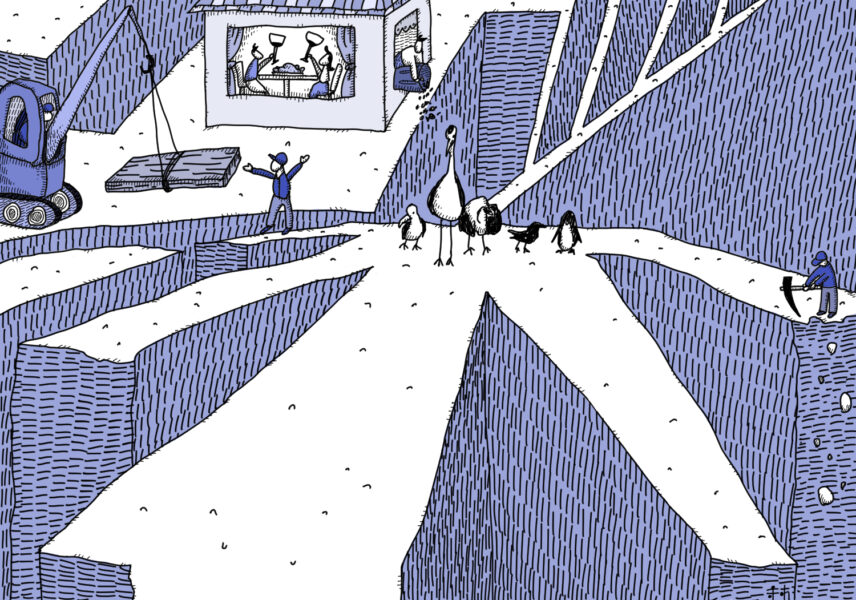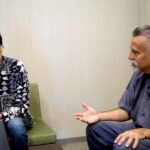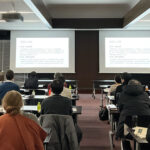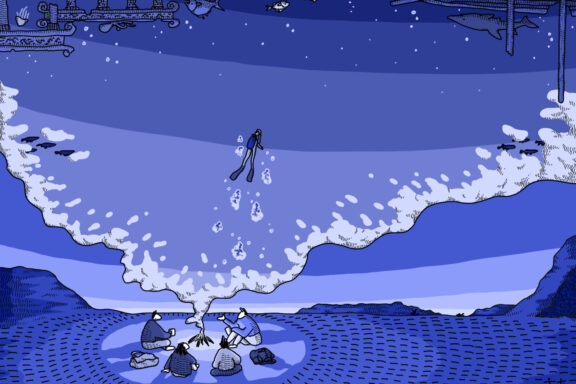Tomohiro Machikita (Labor Economics)
Every morning for the past four years, since I moved from Makuhari, Chiba to Kyoto I have been walking along the Kamogawa River to commute. My former workplace, the Institute of Developing Economies (IDE-JETRO), was located next to Tokyo Bay, so I would walk to the beach on my way home to look for petrels, cormorants, and other seabirds. After nearly 15 years of such a life, in Kyoto, I have come to enjoy a different environment, the Kamogawa River, which offers various scenes revolving around four seasons. I have come to feel closer to birds and river than ever before, not only the ducks, crows, pigeons, and sparrows, but also kites, great blue herons, white herons, and others names I do not know. I have to hurry to the office of CSEAS, but for a brief moment, I can’t help but look for birds along the river, on the Kojinbashi Bridge, and on the stepping stones.
Some time ago I learned that the seasonal movement of birds is called bird migration, so I began to study the relationship between birds and humans while researching migration, one of my fields. Last summer, I obtained a copy of Flight Ways: Life and Loss at the Edge of Extinction, by Thom Van Dooren, an environmental philosopher. This popular book was introduced by Dr. Miho Ishii in the January 2022 issue of Gendaishiso (a Japanese philosophical journal). By focusing on five endangered bird species – the albatross, vulture, penguin, whooping crane, and crow – the work analyzes the intertwining of animals and humans living in various environments and depicts how the flight patterns and paths of birds change as a result of human activities. I discovered that reading such a work also helps us understand human society, in particular, how the transformation of industrial sites and so on are related to human movement. Environmental humanities research actively seeks to enrich discussions in the natural sciences by studying animals and ecologies of particular regions. After moving from the shorefront to the riverside, my own approach to nature has changed, and I have learned much from such an approach and the attitudes of the author, a leader in their field.
(Illustration by Atelier Epocha)
This article is also available in Japanese. >>
「飛び石の真ん中で」(町北朋洋)






